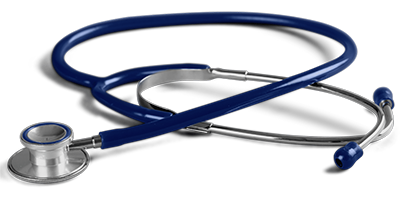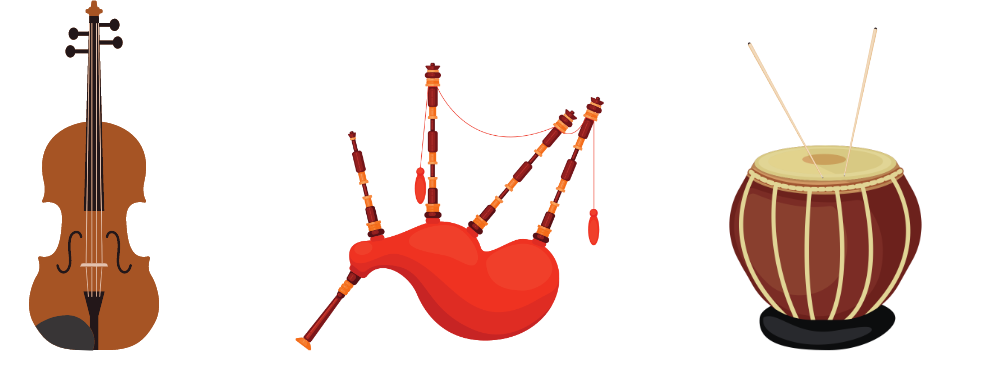An Overview of Ncert Solutions Class 12 Micro Economics
FAQs on Ncert Solutions Class 12 Micro Economics
1. What are some important short-answer questions from Chapter 15, 'Blow Hot, Blow Cold'?
For your exams, you should be ready to answer short questions like:
- What did the woodcutter do to warm his hands?
- Why did he blow on the hot potatoes?
- Which organ in our body helps us breathe?
2. Why did the woodcutter blow on his cold hands and also on his hot potatoes? How can the same breath be both hot and cold?
This is a key concept in the chapter. Our breath is not magical; its effect depends on the object's temperature. Our breath is warmer than our cold hands, so it transfers heat to them. However, our breath is cooler than boiling hot potatoes, so it helps to carry heat away from them, making them cool enough to eat.
3. What is the main scientific idea taught in the 'Blow Hot, Blow Cold' story?
The main scientific idea is that the air we exhale from our lungs has a consistent temperature. Whether this air warms something up or cools it down depends entirely on the relative temperature of the object we are blowing on. It demonstrates a simple form of heat transfer.
4. How can we use our breath in everyday life? Give two examples for warming and two for cooling.
We use our breath in many ways. Here are some examples:
- To Warm Things Up: We blow on our cold hands in winter or on a spectacle lens to clean it with the moisture from our warm breath.
- To Cool Things Down: We blow on a hot cup of tea or a spoonful of soup to make it cool enough to drink.
5. What important lesson or moral does the story of the woodcutter teach us?
The most important lesson from the story is that we should not be afraid of things we don't understand. Instead, we should be curious and try to find the scientific reason behind them. What seemed like magic to the tiny man (Mian Balishtiye) was just simple science for the woodcutter.
6. How does a doctor use a stethoscope, and how does it relate to this chapter?
A doctor uses a stethoscope to listen to the sounds inside our body, especially our heartbeat. This is related to the chapter because, just like our breath, our heartbeat is a vital sign of life. The stethoscope simply amplifies the sound of the heart, which the chapter encourages you to feel by placing a hand on your chest.
7. What are some likely long-answer or 3-mark questions from this chapter for the 2025-26 exams?
For higher marks, you might be asked to explain concepts in detail. A likely question would be, 'Explain with examples how the same breath can be used for both warming and cooling.' You would need to describe the woodcutter's actions for both his hands and the potatoes, explaining the process of heat transfer in each case.



























